Roasting is a failsafe cooking method for tender, juicy meat that requires very little effort on your part. Beyond a little prep, all that you have to do is relax and smell the amazing aromas that start to fill your house as the roast is cooking.
I have so many cherished memories of large family dinners where the roast is the centerpiece of the meal, whether it be a turkey on Thanksgiving, ham at Christmas or Easter, or a whole chicken for a weeknight meal. An amazing roast is something special to share with family and friends and create long-lasting memories for everyone.
This post is part of our Basic Cooking Skills series. Each week we will be doing a deep-dive into one basic cooking skill and a brand new recipe to accompany it to practice that newfound skill. Check back throughout the series for updates and new posts.
what does it mean to roast meat?
Roasting is a popular cooking method referred to as a dry-heat cooking method, meaning that a very high heat source (aka your oven) cooks the food. In contrast, there is also moist-heat cooking, such as boiling, steaming, stewing, etc.
As we learned in Sauteing Vegetables, sauteing cooks food through conduction whereas roasting cooks food mostly through radiation.
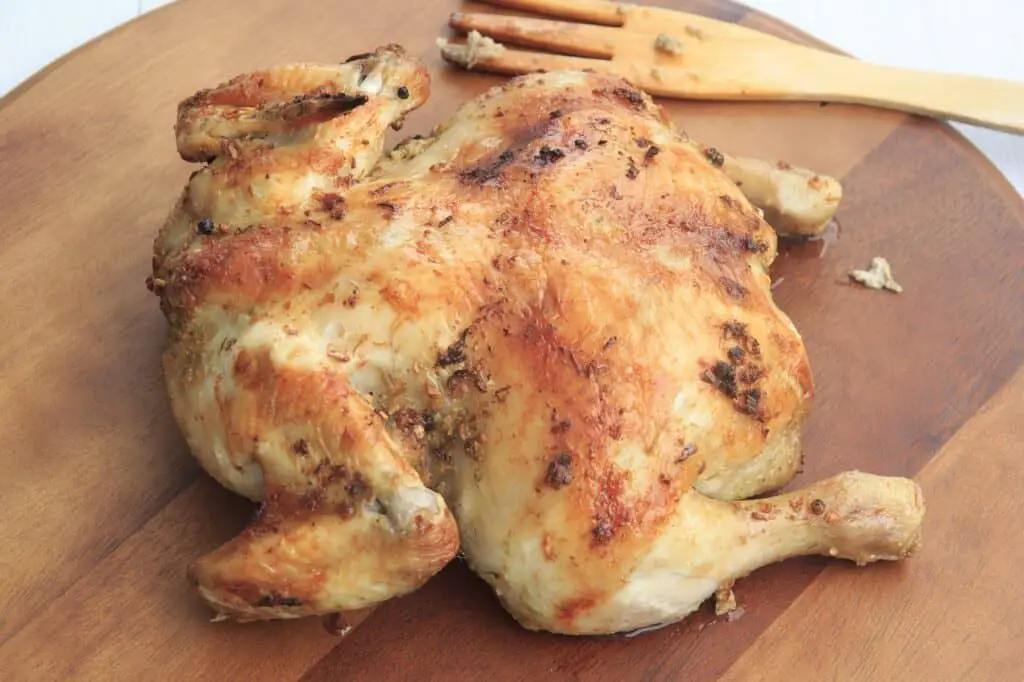
Essentially, an oven radiates and sustains heat by the oven walls.
The closed oven door seals in the heat and helps maintain a consistent temperature. You may have been scolded before to not open the oven door to check on your food. This advice comes from a good place, as every time you open the oven door hot air escapes and creates an uneven cooking environment within the oven.
As tempting as it may be, roasted food cooks best without any interruption!
Guide to Roasting Meat
Best Tools for Roasting Meat
First things first, what cookware do you need to roast meat?
- A large baking pan or dish
- The roast needs space for the hot air in your oven to circulate around it. If it’s overcrowded it will not cook as evenly and you’ll miss out on the yummy crispiness that could form.
- A rack or chopped vegetables
- To increase the circulation of air even MORE, elevate the roast off of the bottom of the pan by setting it on a rack or on a variety of heart chopped vegetables.
- A baster
- While roasting, the outermost layer of meat will start to slowly dry out since it is SO exposed to all of that hot air. Rather than cover the meat with foil, a baster is handy to redistribute the juices from the bottom of the pan to cover the entire roast. This moisturizes the meat and helps the outside crisp up into a golden brown..
(I’m going to be honest here, I don’t own a baster!! A spoon does the trick just fine)
Best Time & Temperature to Roast Meat
We’ve all heard of the “low-and-slow” method. Large cuts of meat need to be cooked at low temperatures for long periods of time to really tenderize their tough fibers. Pork shoulders, beef tenderloins, and whole turkeys typically need at least 2-4 hours to cook through.
Higher temperatures are needed if you want that beautiful crispy brown layer surrounding the roast.
It’s common practice to start cooking large cuts of meat at a high temperature for a short amount of time, and then lowering the temperature for the extended time.
Smaller, more tender cuts should be roasted at a high temperature the entire time, for a much shorter length overall.
For specifics on time and temperature, you really have to find specific recipes but those will still vary based on the size of the cut of meat. The standard across all of this that can be followed is going off of the internal temperature.
- Beef, pork, veal, lamb, and fish = 145 degrees F
- Poultry = 165 degrees F
best way to season roasts
Salt the meat ahead of time so the salt can penetrate the meat. Juices from inside the meat are drawn out to the surface by salt to form a brine. The meat then reabsorbs the delicious brine, creating even more flavor.
The longer the meat is salted = the increased flavor and moisture content
Generally, large roasts should be salted and stored in the refrigerator for up to 24 hours to allow for the greatest impact on flavor.
Drizzle lightly with olive oil or butter to help the outside crisp up nicely while cooking and to for the seasoning to stick better all over the roast.
Keep the spices you add very simple — most of the flavor will come from the meat itself! Toss with salt and pepper, and maybe a few sprigs of fresh herbs. What really flavors the roast is the meat itself with a little assist from the salt.
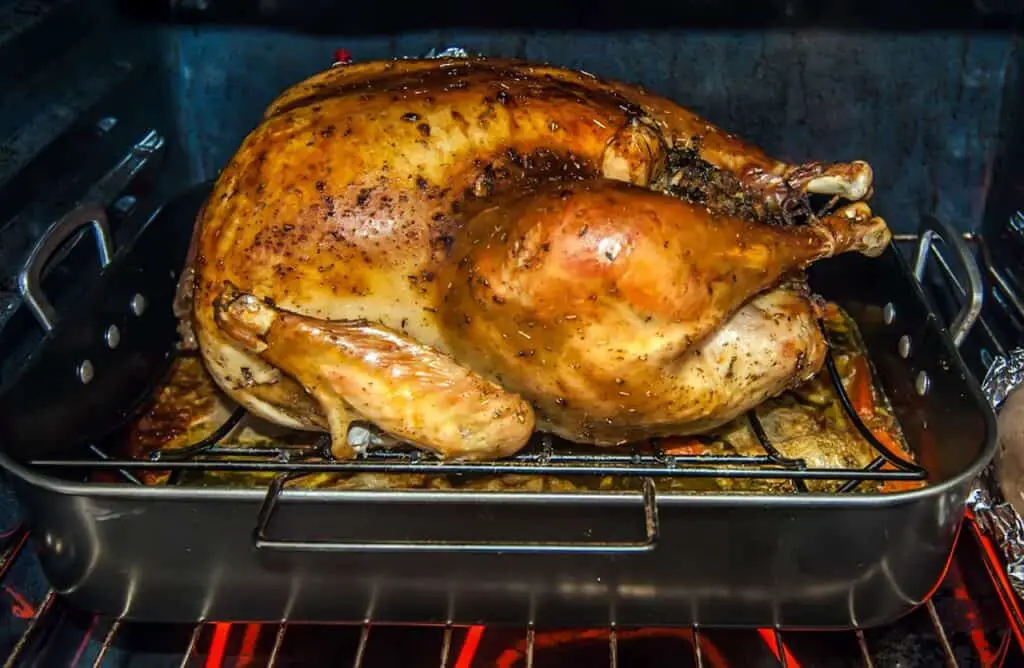
Tips for Roasting Meat
- Most kinds of meat can be roasted by adjusting the time and temperature at which they cook in the oven.
- Bring the meat to room temperature before going into the oven
- Use a wide baking dish or pan for even cooking
- Place the meat on top of vegetables or a rack in the pan to increase hot air circulation around the entire roast.
- Tying large cuts of meat helps with even cooking by keeping the thickness of the roast consistent.
- The hottest part of the oven is towards the back. The front near the door is where hot air can easily escape.
- Allow the meat to rest for at least 15 minutes before cutting into it. Cutting too early causes all of the heat to rush out and push out some of that delicious juiciness.
- Roasts continue cooking on your counter. Remove from the oven when the internal temperature is just slightly below your target.
Materials Needed
Pin me!

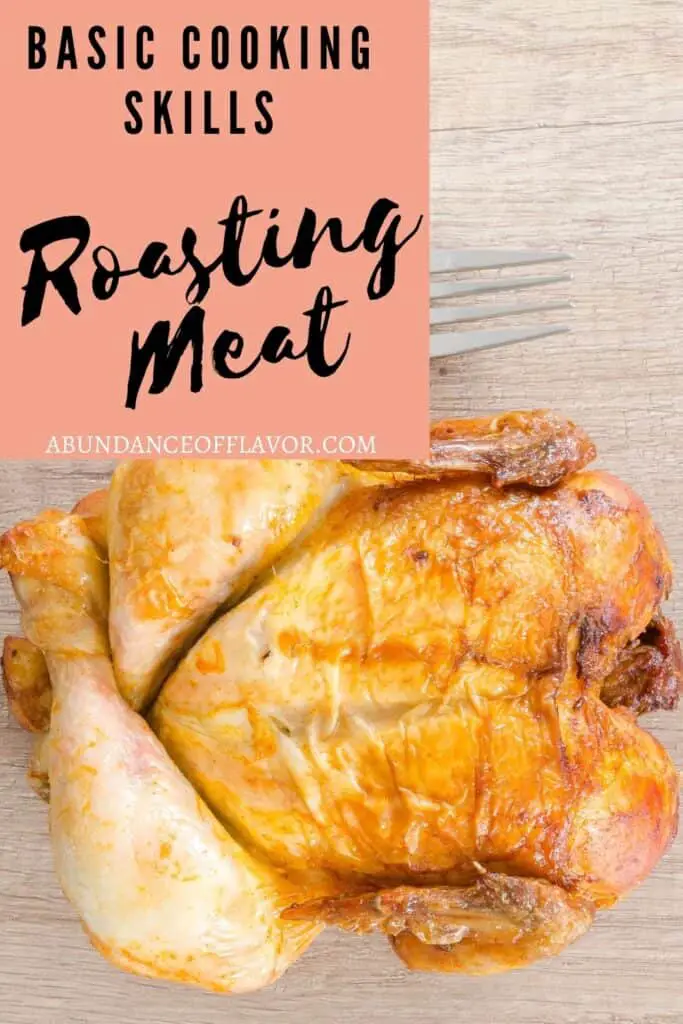
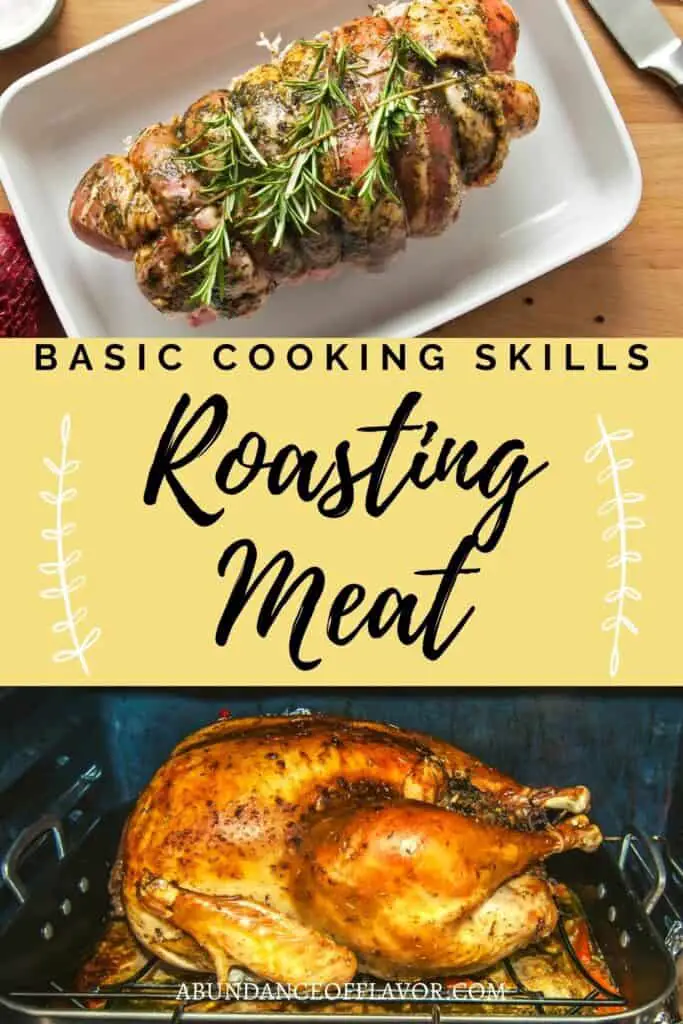
Implement your new skill
Coming up on Thursday I’ll be sharing the BEST whole roasted chicken recipe so you can try it out for yourself 🙂 In the meantime, what are some of your favorite memories related to roasting with your family or friends? It’s hard to top so many great Thanksgiving memories through the years!



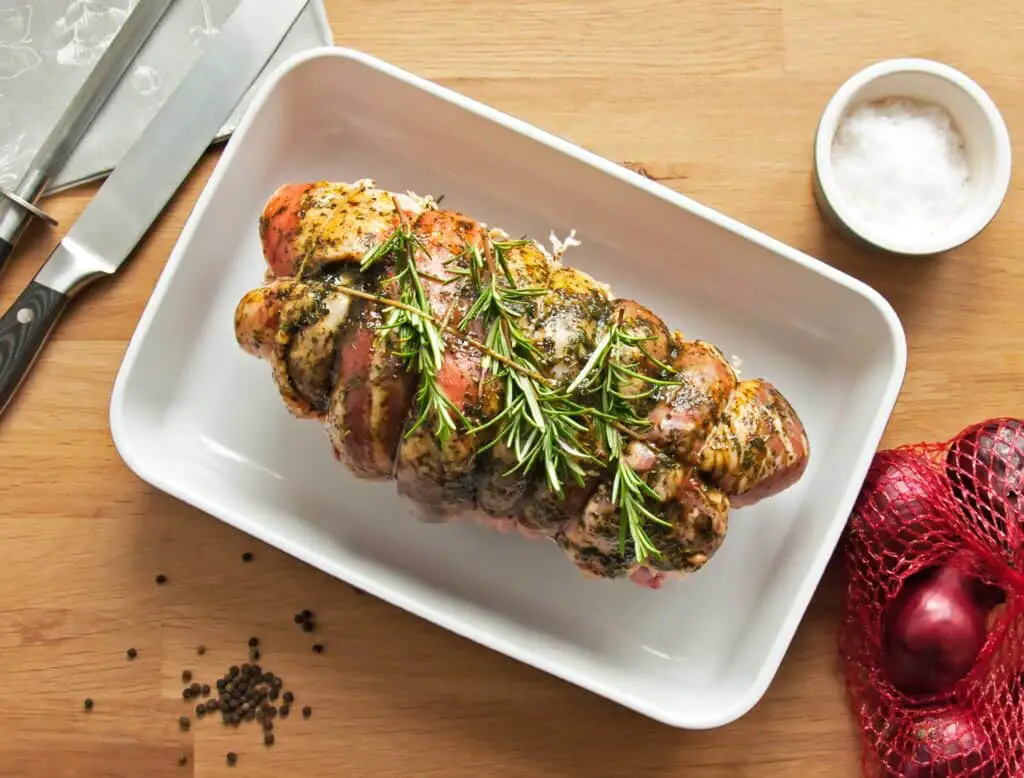
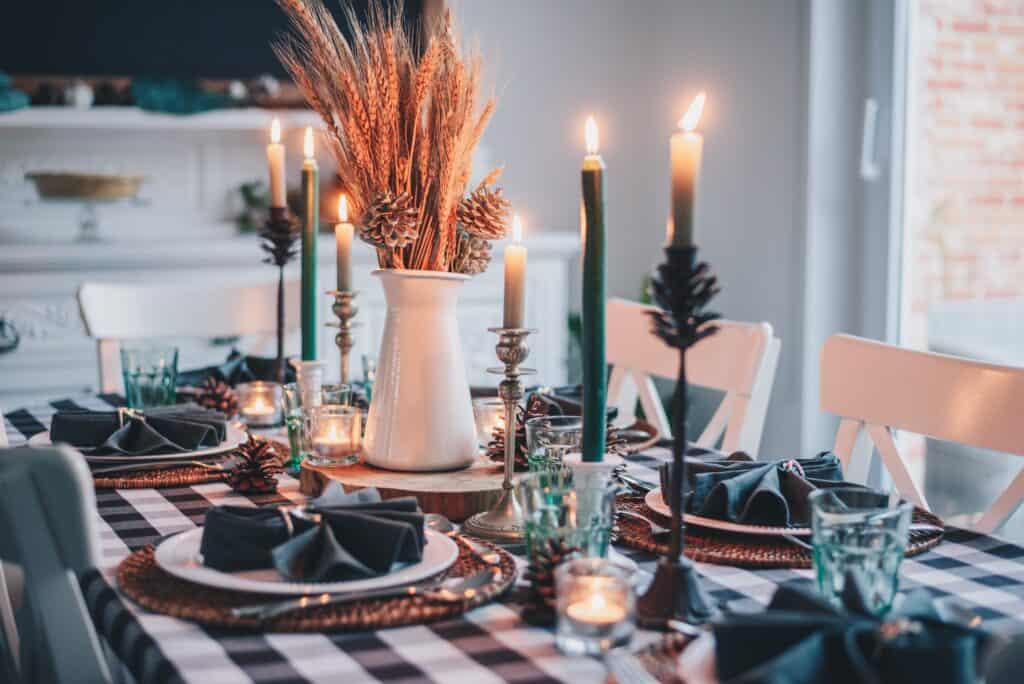
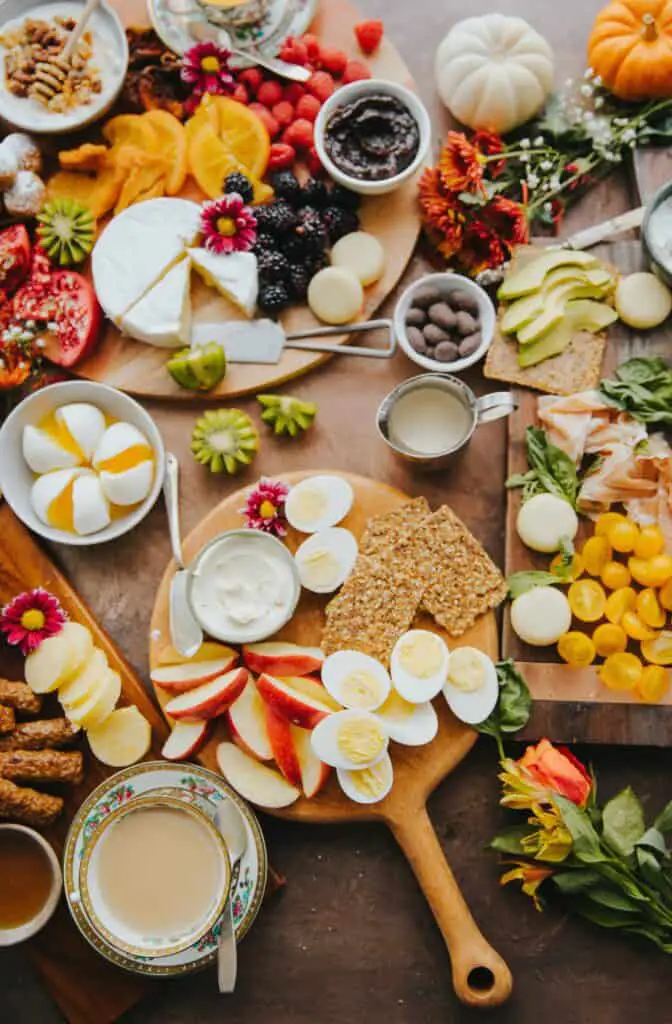

I am a sucker for roast chicken. My family have a roast dinner every Sunday and I have to say roast meat is amazing. Thank you for sharing your tips. I am really excited to try out your recipe in a few days time. I will be looking out for it 🙂
Em | loveemblog.com
That’s so thoughtful, thanks so much! Roast chicken is sooo good and I can’t believe how easy it is!
This was great didn’t realize I shouldn’t open the oven door while cooking interrupting and letting heat escape. The meat look delicious. Thanks for sharing I pinned your sauté seafood poultry post yummy Happy Monday
Thank you so much for commenting!
This is so helpful! I’ve been wanting to know how to do this for so long.
Thanks so much, I’m glad to hear it!
I used to be so worried about cooking meat. It’s really not that difficult and now I make delicious meals. Your post makes the process so simple which will help a lot of people get started.
That means a lot, I really hope that everything is simple and straightforward! Thank you 🙂
I love to roast my meat dished, but I didn’t know many of you tips. Can’t wait to put your advices in practice!
Yay I hope it is helpful! 🙂
such a ripping roasting chicken recipe! thanks for sharing.
yummy and will try it for sure!
Thanks so much for reading 🙂
There are so many good tips in here! I always elevate my roast but I didn’t know about seasoning further ahead of time.
I feel like the elevating and the salting are the hidden secrets!
I know nothing about cooking in fahrenheit, I only know celsius as a Brit. What would those cooking temperatures be in celsius?
145 degrees F is about 65 degrees C, and 165 F is about 75 degrees C. Thank you for asking! I will try to incorporate conversions more often 🙂
Roast meat is one of my favourite things – so Sunday dinners are the best! There are so many great tips for getting it perfect every time in here, thanks so much for sharing! I’ll definitely be coming back to this post next time I do a roast dinner!
Thank you so much, that’s exactly what I like to hear 🙂 I’m so glad it’s helpful!
I do love a good roast, just looking at those pictures has me salivating 😂 I’m still a novice when it comes to cooking a good roast, but I try my best. Always looking to pick up some tips, thanks for sharing.
Haha same here, it’s hard not to drool! Thanks for reading 🙂
Thanks for sharing, I have been trying to do more roast joints in lockdown which have some mixed results, I’m glad that I can leave it to my parents now!
Nic | Nic’s Adventures & Bakes
Haha it’s even better when someone else prepares it for you 😉
I don’t think many people would turn down a traditional Sunday roast – certainly no-one I know! Getting the crackling perfect is a bit hit and miss but I’m improving each time. And I’m glad you don’t bother with a baster either, a large spoon works perfectly for me too 🙂 Lisa
I felt like my mother or grandmother would be disappointed for me not having a proper baster but a spoon is just fine haha thanks for reading!
Wow, I’ve never tried roasting, but I think I’ll do it with chicken this weekend. Thank you for sharing this!
COT | https://changeoftomorrow.com
That was my first time and it turned out great! I hope you love it 🙂
That is one thing I’ve never cooked before a Sunday Roast, I do love a good Roast to be fair, usually if I’ve had before I have to coat it in honey and whole grain mustard, OMG it taste so good 😁
YUM honey and whole grain mustard sound amazing on a roast!! Thanks for sharing!
Great tips. It’s not often I roast meat but I will be taking all of these tips onboard!
Thanks for checking it out, hope it was helpful 🙂
Great post! Thanks for sharing! Will have to try this!
Thank you so much!
Pingback: Simple Whole Roasted Chicken - Abundance of Flavor
Great tips Kalin! I love roast chicken and I sometimes have it on Sundays. I’d usually soak the chicken in saltwater for a few minutes up to an hour then I season it with my herbs or I’d season the meat for up to 14-16 hours before cook time. The longer it soaks, the tastier.
Yum that sounds like a great method of seasoning it. There’s something special about sunday roasts!
I love roasting, mostly on a Sunday lunch and on special occasions. I learned more tips from this post! Thank you 😉
I’m so glad to hear! I love roasts for a good Sunday dinner 🙂
Always love your cooking recipe! Save this for future references. Thank you xxx
Thanks so much for coming back!
Okay probably not the best thing to read as I debate what’s for breakfast! Now I’m hungry for something better than granola! Lol. Thank you for sharing all your tips!
Haha maybe a breakfast ham or sausage?? Granola may not cut it but you have lunch and dinner to look forward to 🙂
THANK YOU!!!!! This is exactly what I needed! I’m trying to have more variety in what I cook, and this guide taught me so much. Can’t wait to put it to the test!
Pingback: 21 Basic Cooking Skills for Beginners - Abundance of Flavor
This is such a helpful guide! Thanks so much for posting!